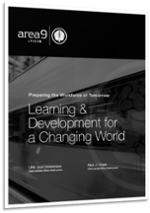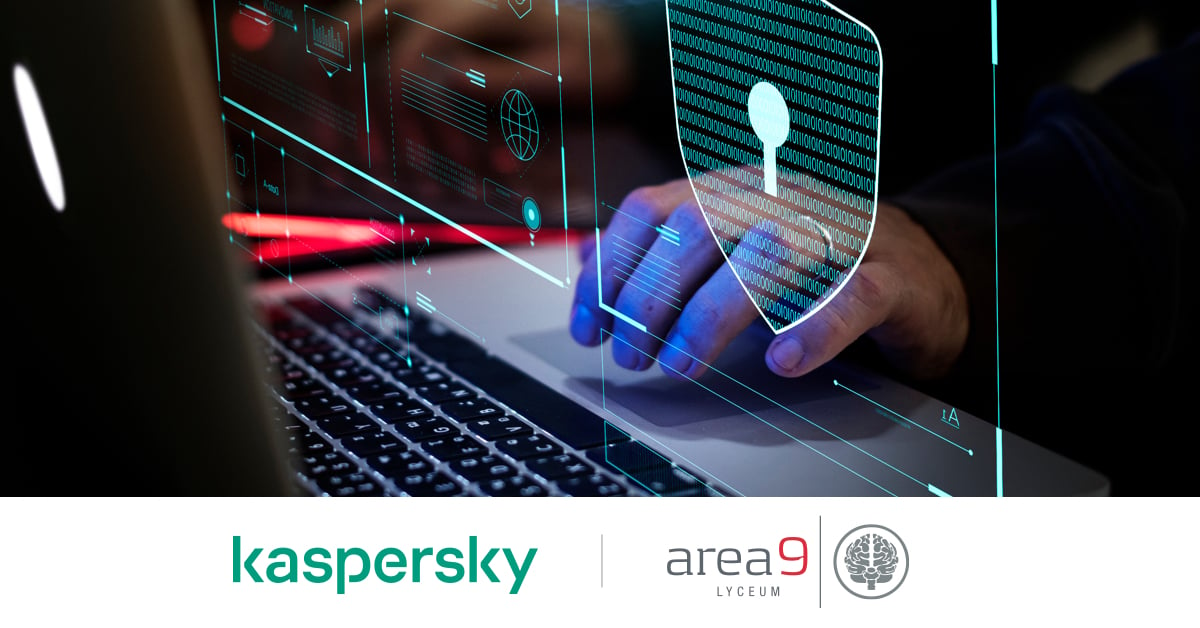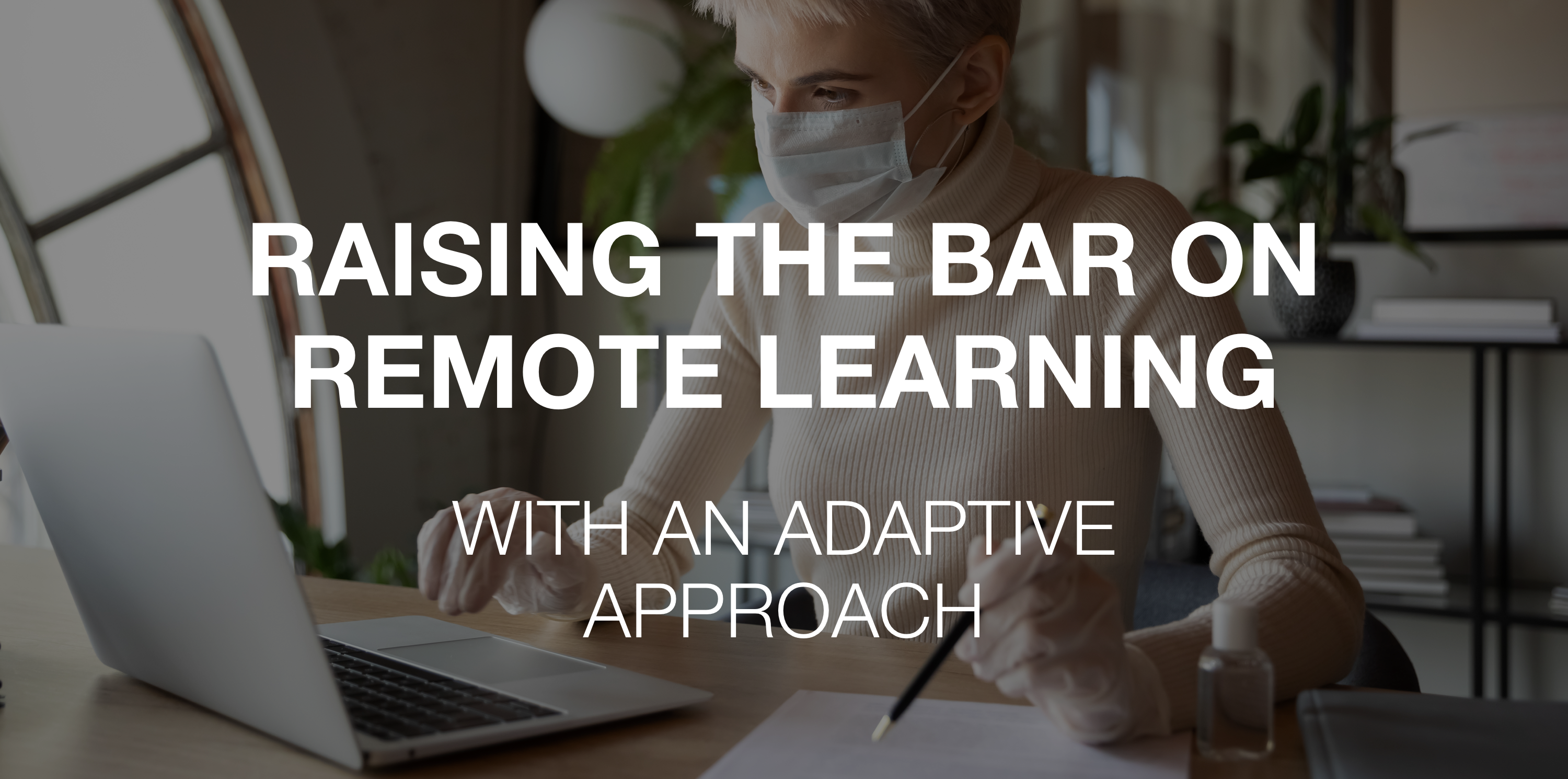Meeting the Needs of “New-Collar” Workers with Corporate e-Learning Strategies.
Traditional corporate training, a $100 billion market in the U.S. alone, is long overdue an overhaul. Time and again, costly programs have failed to change behavior among people and within organizations to produce better business outcomes. With training yielding such a low return on investment (ROI), corporate learning and development (L&D) in general and corporate e-learning in particular are in dire need of revamping—and that is putting more attention on chief learning officers (CLOs).
As CLOs are well aware, businesses are searching for the best and most efficient way to prepare and up-skill employees for the digital demands of the Fourth Industrial Revolution. Speaking at the most recent World Economic Forum in Davos, IBM CEO Ginni Rometty warned leaders that “technologies are moving faster in time than [workers’] skills are going to change. So it’s causing a skills crisis.” She referred to tech-enabled “new-collar jobs” that don’t require a four-year degree, and urged business leaders to examine their recruiting, hiring, and talent development practices to help close the skills gap and broaden opportunities.
Her comments echo the “The Future of Jobs” report from the World Economic Forum, which captured the urgency by observing that the Fourth Industrial Revolution “is interacting with other socio-economic and demographic factors to create a perfect storm of business model change in all industries, resulting in major disruptions to labour markets. New categories of jobs will emerge, partly or wholly displacing others. The skill sets required in both old and new occupations will change in most industries and transform how and where people work.” Amid these systemic changes, the stakes are being raised for CLOs to devise and implement corporate learning strategies to keep pace with new technologies such as robotics, automation, artificial intelligence (AI), and the internet of things (IoT).
 Closer alignment between business strategy and the talent needed to implement it requires greater strategic involvement by corporate L&D. “Check the box” training and compliance courses fall far short of what’s needed; corporate e-learning that consists of static content and lacks personalization is virtually worthless. Instead, more is being demanded of CLOs to implement highly effective training that can be proven by data. By delivering on these challenges, CLOs will follow chief information officers (CIOs) and chief marketing officers (CMOs) to finally earn a seat at the leadership table.
Closer alignment between business strategy and the talent needed to implement it requires greater strategic involvement by corporate L&D. “Check the box” training and compliance courses fall far short of what’s needed; corporate e-learning that consists of static content and lacks personalization is virtually worthless. Instead, more is being demanded of CLOs to implement highly effective training that can be proven by data. By delivering on these challenges, CLOs will follow chief information officers (CIOs) and chief marketing officers (CMOs) to finally earn a seat at the leadership table.
In my many years as a CLO, I both witnessed and experienced the evolution of this role, from overseeing training to becoming a strategic partner with C-level leaders on what having the right talent with the right skills looks like—and how to get there by both reskilling the existing workforce and hiring/developing new talent. CIOs and CMOs went through a similar evolution. Through the 1990s and 2000s, information technology managers and computer services managers morphed into CIOs as the business value of IT grew. The pressures faced by CLOs today mirror what CMOs have dealt with for the past few years. For marketing campaigns and corporate training alike, numbers make the business case. With the advent of big data and advanced metrics, CLOs, like their CMO colleagues, must exploit data-rich solutions to both deliver and demonstrate outcomes, rather than merely assuming effectiveness. More than ever, CLOs need quantifiable data to demonstrate that L&D is making a measurable business impact by closing the knowledge and skills gaps that undermine worker competency and overall competitiveness.
Consider, for example, a recent survey of hiring managers who reported persistent gaps in “soft skills” such as communications, business acumen, and customer service among their company’s employees. According to the Career Advisory Board’s 2018 Talent Activation, Employee Experience and Skills Development research, these gaps are not being sufficiently addressed even as employers seek to develop a more highly engaged workforce.
While this research may inform employers, it is not surprising to CLOs and others in the L&D field. Static e-learning cannot possibly meet multiple challenges such as delivering engaging content, detecting and filling knowledge gaps, and reinforcing skill-building. The “one-size-fits-none” approach commonly used in classroom and online will always fall short of meaningful training metrics beyond simply logging course completion. Far more important to measure and track are: identifying and addressing knowledge gaps, equipping people with new knowledge and skills, and promoting knowledge/skill retention. CLOs who can deliver these kinds of metrics will find themselves valued as a partner to business unit leaders—all the way up to the CEO.
Clearly, to prepare and train employees in the age of the fourth industrial revolution, a new approach is needed to save time and resources. In an ever-changing business climate, a personalized learning model for corporate education is the best way to educate and train employees and track results gained through adaptive e-learning. Showcasing these metrics and outcomes will earn CLOs a seat at the leadership table, for current and future business strategy and talent planning. In Part II of this blog, I’ll explore specific steps CLOs can take.
Download our latest white paper
Preparing the Workforce of Tomorrow - Learning & Development for a Changing World
Nick Howe is the Chief Learning Officer at Area9 Lyceum.
You can reach him at nick.howe@area9.dk










